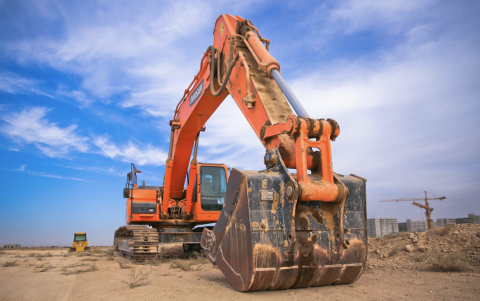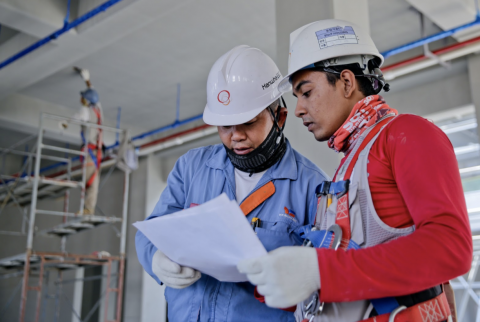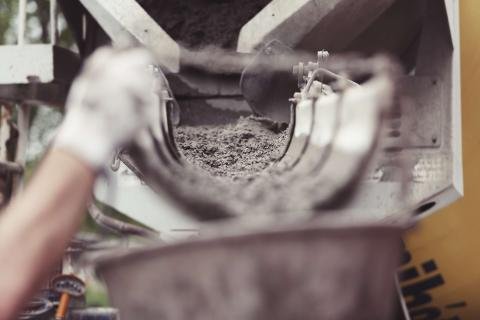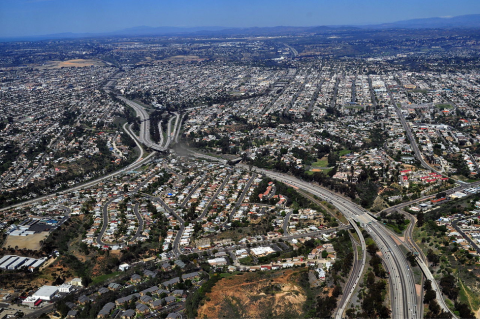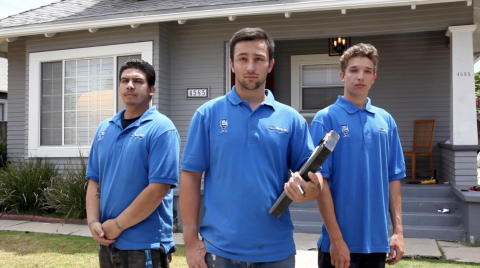Understanding HUD Compliant 433A Permanent Foundation for Manufactured Homes
As the demand for affordable housing continues to rise, manufactured homes have become an increasingly popular choice for homeowners. However, when it comes to financing or selling these homes, the term “HUD 433 A permanent foundation” often arises. While some may find it overwhelming or confusing, understanding the importance and requirements of this type of foundation is crucial for those involved in the manufactured housing market.
In this ever-changing industry, having a comprehensive understanding of this topic can ultimately save time, money, and headaches. Are you a homeowner looking to finance your manufactured home? Are you a real estate agent or lender assisting clients with the sale or purchase of a manufactured home? No matter your role, this blog post will provide valuable insights on everything you need to know about the HUD-compliant 433A permanent foundation for manufactured homes in California.
So let’s dive in and unlock the secrets to this essential aspect of the manufactured housing world.
HUD-Compliant 433A Permanent Foundation for Manufactured Homes in California
As the demand for manufactured homes continues to rise in California, the significance of a HUD-Compliant 433A Permanent Foundation cannot be overstated. This type of foundation is specifically designed to meet the stringent requirements set forth by the Department of Housing and Urban Development (HUD) to ensure the safety, durability, and structural integrity of manufactured homes.
One of the key reasons why HUD Compliant 433A Permanent Foundation is vital is because it provides a solid base for the entire structure, helping to distribute the weight of the home evenly and prevent settling or shifting. This foundation type is also essential for ensuring that the home remains stable in various environmental conditions, such as earthquakes or floods, which are common risks in California.
Moreover, having a HUD Compliant 433A Permanent Foundation is not just a matter of safety, but also a legal requirement. In California, manufactured homes must meet specific standards to comply with state and federal regulations. Failure to have a compliant foundation can lead to fines and legal issues and even pose risks to the occupants’ safety.
By investing in a HUD-Compliant 433A Permanent Foundation, homeowners can have peace of mind knowing that their manufactured home is built on a stable and secure foundation that meets all the necessary standards and regulations.
Ensuring Foundation Compliance for Manufactured Homes
Upgrading to meet HUD standards for mobile homes involves following specific guidelines and requirements outlined by HUD. This includes installing proper footings, anchoring systems to ensure the foundation meets the necessary standards for stability and durability.
By prioritizing foundation compliance and investing in necessary repairs and upgrades, homeowners can safeguard their manufactured homes against potential risks and ensure a safe living environment for their families. Working with experienced professionals in foundation repairs and compliance is essential to ensure that all requirements are met effectively and efficiently.
The Importance of Foundation in Manufactured Homes
Financially, investing in a quality foundation can increase the home’s resale value and make the difference between sale and no sale; financing or no financing. Prospective buyers are not likely to invest in a property without an approved foundation, knowing it is the most important part of the structure because everything you own sits on it
How California Climate Affects the Foundation
California’s diverse climate significantly impacts the foundation of homes. The state’s varying weather conditions, from coastal humidity to inland dryness and seismic activity, necessitate robust foundation designs to ensure structural integrity and longevity.
Inland Regions
Inland regions, characterized by hot, dry conditions, often experience soil shrinkage, which can lead to foundation settling and cracks. Expansive clay soils, common in parts of California, expand and contract with moisture levels, exerting pressure on foundations and causing structural shifts. To combat this, foundations need to be designed with materials and techniques that accommodate soil movement, such as reinforced concrete or pier and beam systems.
Earthquakes
Seismic activity is another critical factor in California. It is essential the foundation is engineered to meet Seismic Design Category D for areas likely to experience severe and destructive ground shaking. In summary, California’s climate demands tailored foundation solutions to address soil movement, and seismic risks, ensuring the long-term stability and safety of homes.
Having a Strong Foundation
In conclusion, understanding the HUD-compliant 433A permanent foundation for manufactured homes in California is crucial for homeowners wishing to secure financing or insure their homes. By familiarizing yourself with the requirements and guidelines outlined by HUD, you can ensure a successful and hassle-free process. Take the time to educate yourself and make informed decisions for your home’s future.
Don’t wait; visit our blog today!


